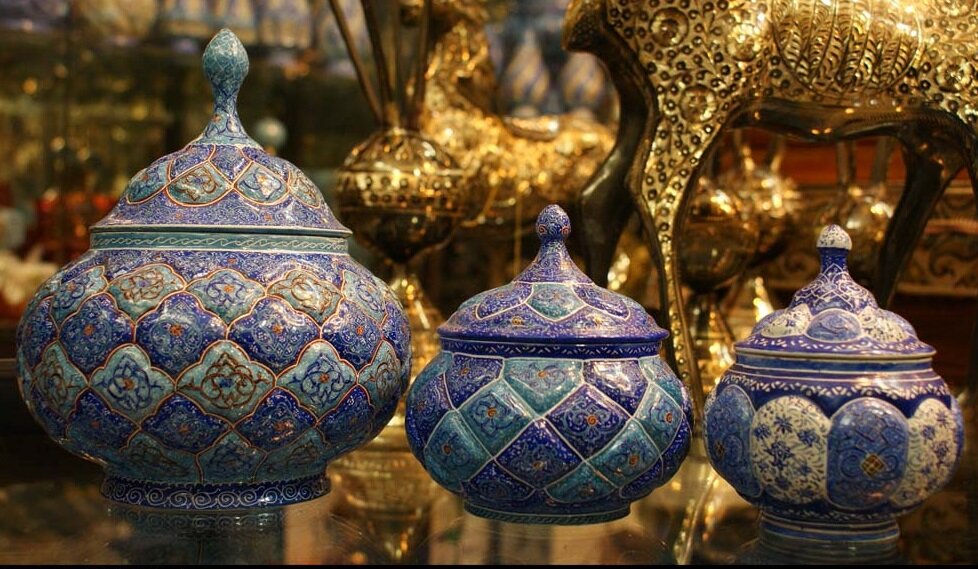Iran handicraft exports see 11 growth in eight months
Iran handicraft exports see 11% growth in eight months
TEHRAN - Iran’s handicraft exports reached $150 million in the first eight months of the current Iranian calendar year (started on March 20), marking an 11% increase compared to the same period last year.

“The value of handicraft exports hit $150 million in the first eight months of the year with an 11 percent year-on-year growth,” said Farzad Ojani, an official with the Ministry of Cultural Heritage, Tourism and Handicrafts.
Ojani highlighted that the highest growth was seen in traditional textiles and embroidery, which has gained significant popularity in various international markets.
“To boost handicraft exports, we must focus on product quality enhancement and standardization,” Ojani stated on Monday.
He also emphasized the importance of advertising, participation in national and international exhibitions, and online platforms to expand market reach and drive further export growth.
Iranian handicrafts are a vibrant expression of the country’s rich cultural heritage, showcasing centuries of artistry and craftsmanship. From intricate Persian carpets, celebrated for their elaborate designs and vivid colors, to exquisite miniature paintings and calligraphy, Iranian artisans create works that blend tradition with unmatched skill.
Pottery and ceramics, often adorned with geometric or floral patterns, reflect the country’s historic connection to the Silk Road. Metalwork, including engraved copper and brass, highlights the precision of Iranian craftsmen, while turquoise inlaying, or Firoozeh-kubi, transforms jewelry and decorative items into cultural treasures.
Woodworking traditions such as Khatamkari, which is a form of marquetry, combine delicate inlaid pieces to create mesmerizing designs. Handwoven textiles, such as Pateh embroidery or Gabbeh rugs, represent regional identities and local stories.
Experts say that each Iranian handicraft is more than a product; it’s a narrative of history, artistry, and cultural pride, passed down through generations of dedicated artisans.
Currently, a selection of 13 cities and three villages in Iran have been registered by the World Council of Handicrafts as “world cities of handicrafts”.
AM
source: tehrantimes.com